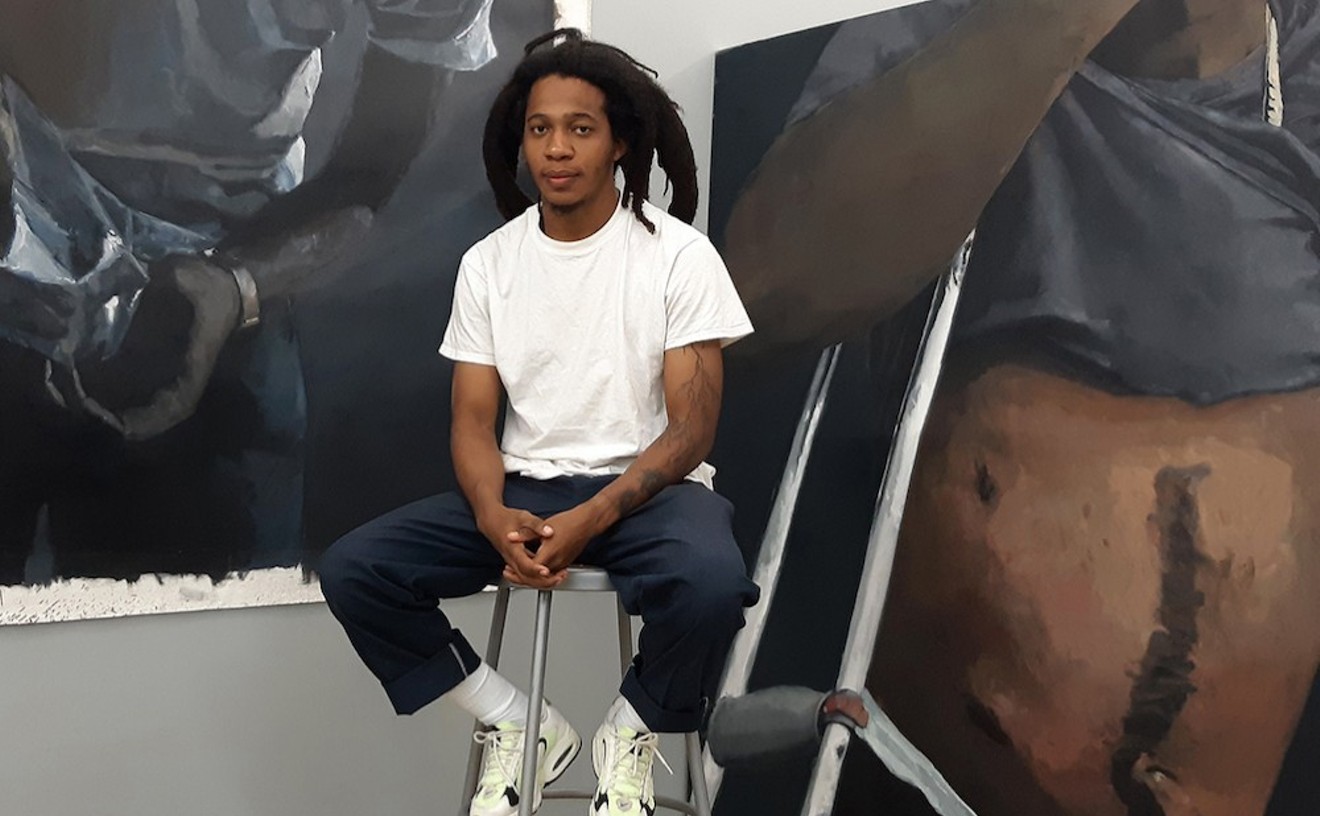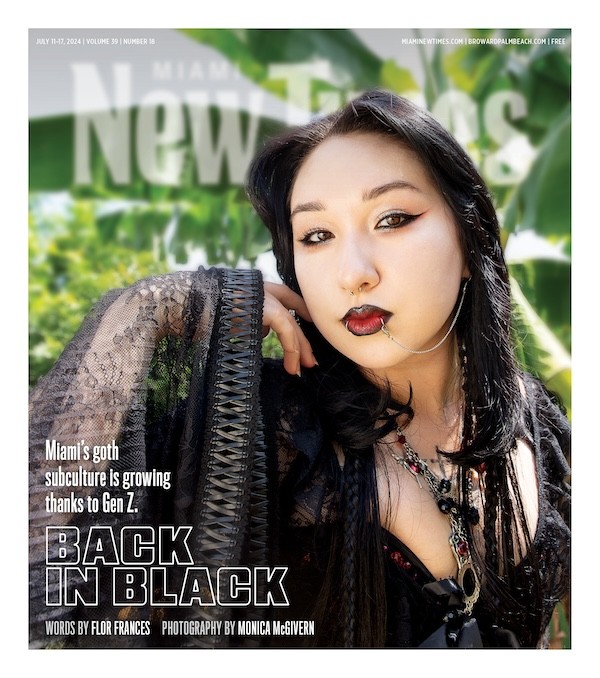Reginald O'Neal paints like one of the greats. His works are both captivating and engaging, each brushstroke telling a story all its own. The 30-year-old artist specializes in figurative art, painting still-lifes based on autobiographical photos. A pair of his grandmother's glasses, a golden trumpet tree in full bloom, a haunting image of his father wearing a prison jumpsuit are just a few of O'Neal's most recent subjects. He's inspired by the world around him as well as his family and friends. In late 2021, during Miami Art Week, O'Neal had his second solo show at Spinello Projects, Pérez Art Museum Miami and the Institute of Contemporary Art recently added his work to their permanent collections, and earlier this year the Rubell Museum commissioned the young artist to create two works.
Best Photographer
Robert Andy Coombs
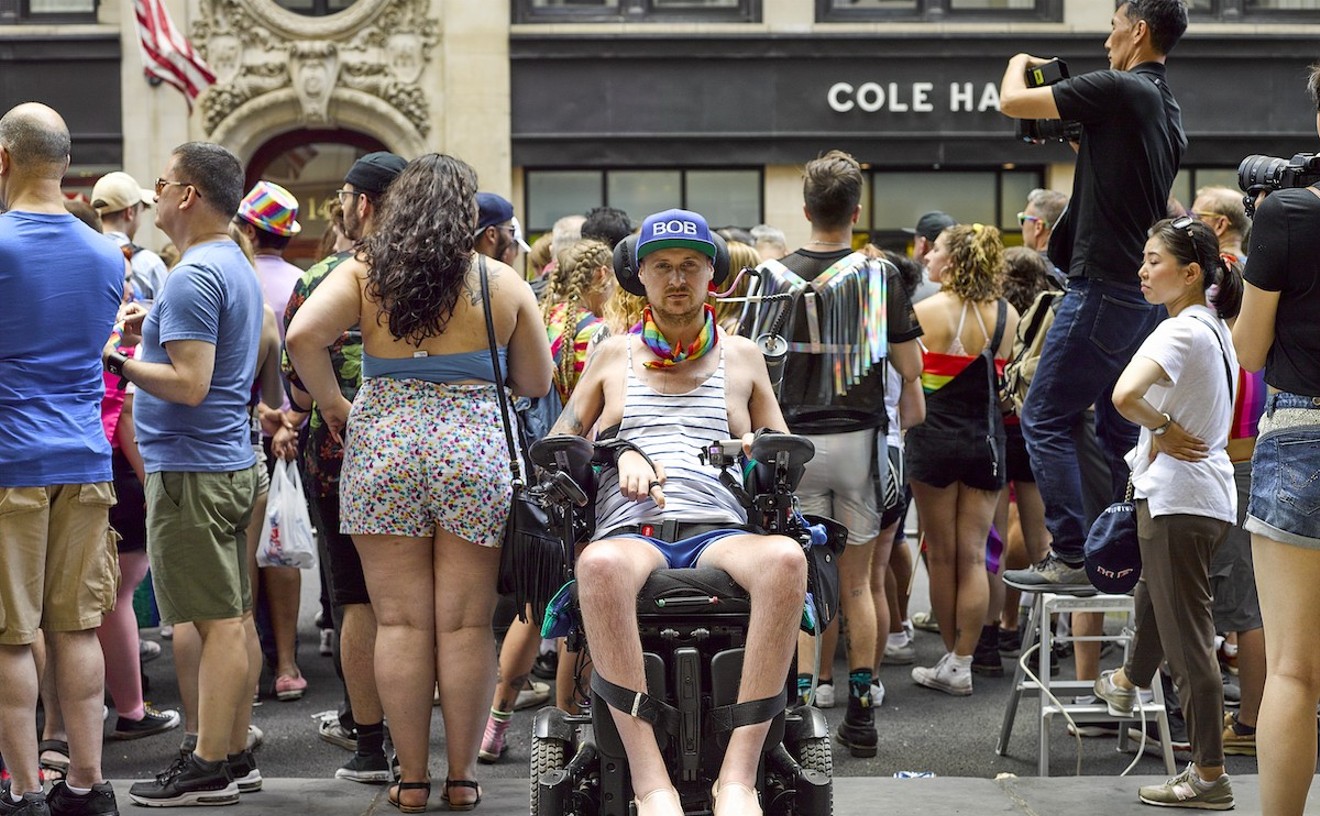
Robert Any Coombs can release the shutter on his Hasselblad and Polaroid cameras with his mouth. While it makes for a cool party trick, the logistics of photography are more complicated for the 34-year-old, who experienced a spinal cord injury in 2009. To bring his vision to fruition, Coombs often enlists photo assistants to help with his shoots, which may feature shirtless men, full-frontal nudity, and lots of touch. The artist's largely autobiographical work is at the intersection of disability, queerness, and sex — it's an expression of his sexuality that transcends his body's ability to perceive it. His images have been featured at the Patricia & Phillip Frost Art Museum at Florida International University and at the Photo Vogue Festival in Milan. Earlier this year, Coombs was awarded a $50,000 United States Artists Fellowship.
Best Street Artist
Hiero Veiga
Graffiti artist Hiero Veiga's incomparable attention to detail might actually help you recall your wildest acid trip. The artist visualizes his carnal takes on psychedelics, love, self-identity, and street life through astonishing whimsical hyperrealism — a rare sight amid the animated street art Miami is best known for. His ambition to create wall art far exceeds the legal risks, even if that means no remuneration for his work. Sometimes it's easy to get trapped inside Miami's art trends, but Veiga stays true to his Boston roots by traveling regularly and grounding himself with support from Miami graffiti group, MSG (or as Veiga tells New Times, "It could mean Miami Style Graffiti, Maximum Satisfaction Guaranteed, Family and Love — whatever you're feeling").
Best Museum
HistoryMiami
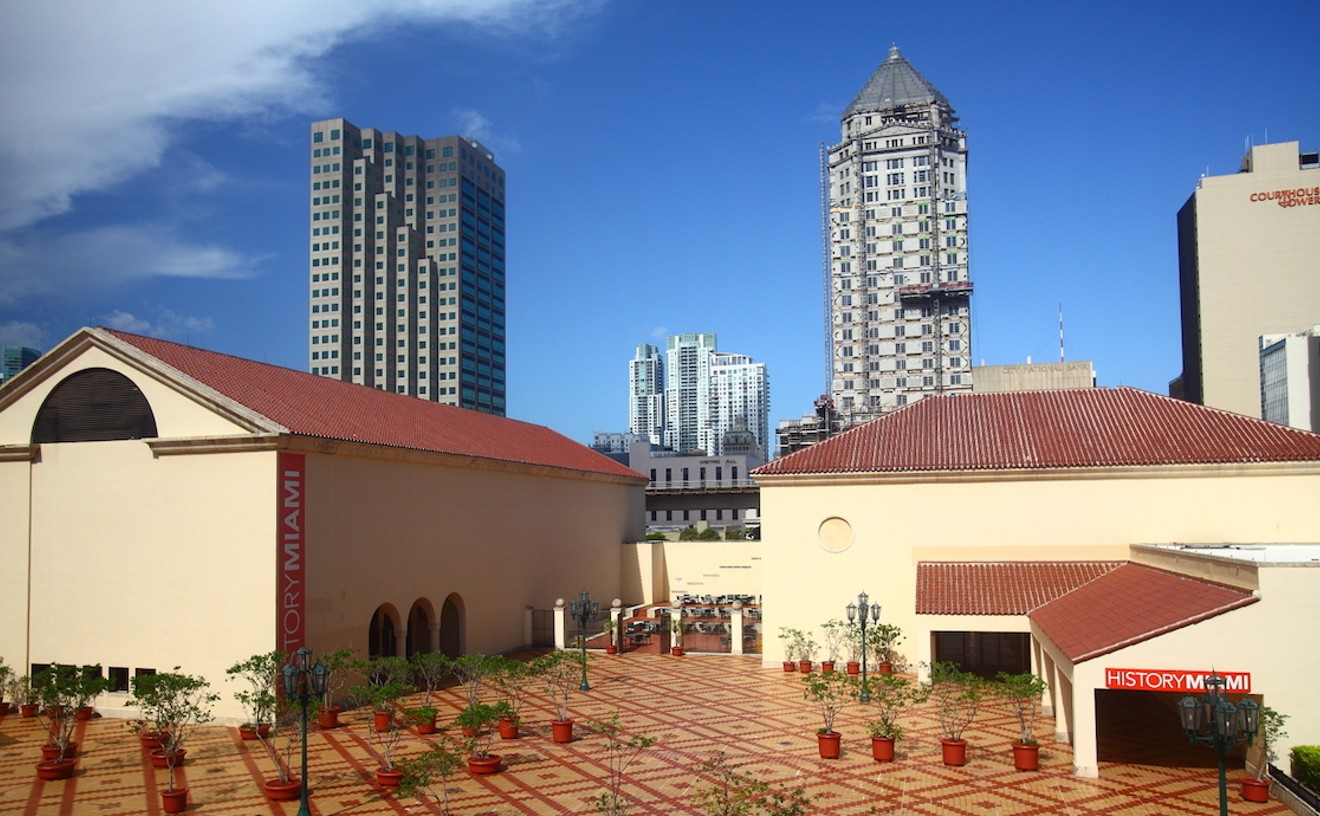
The most satisfying aspect of HistoryMiami is in its name. They preserve history — the best moments, the not-so-great ones, and the ones we'd give anything to forget. They're committed to telling the larger community's story, often through the people themselves. One of the museum's recent exhibitions, "It's a Miami Thing," celebrated the city's 125th anniversary and featured items from the archives as well as some that were donated by residents. HistoryMiami often puts out a call for artifacts, asking Miamians to send in knickknacks that pertain to a certain theme or topic and share their unique story with the curatorial staff. You never know what nuggets might be uncovered thanks to those who've lived through it. Another great thing about the museum: It's located right near public transit, across the street from the Government Center Metrorail station and only a few stops on the Metromover away from the Perez Art Museum Miami and Frost Science. Consider that next time you feel the urge to go museum hopping.
- 101 W. Flagler St., Miami, 33130 Map
- 305-375-1492
- historymiami.org
Best Art Gallery
Nina Johnson

Nina Johnson's eponymous gallery in Little Haiti started in 2007 as Gallery Diet in Wynwood — back when Miami's arts district was actually an arts district. But regardless of the gallery's name, Johnson has always had a knack for organizing museum-quality exhibitions while representing emerging artists like Emmett Moore, Bhakti Baxter, Katie Stout, and Savannah Knoop. Johnson has also organized shows around artists like Jim Drain, Marlene Bennett Jones, and Judy Chicago — established names worthy of solo exhibitions at PAMM or ICA. Whenever Johnson opens a new show, you'd be a fool to miss it.
- 6315 NW Second Ave., Miami, 33150 Map
- 305-571-2288
- ninajohnson.com
Best Book by a Local Author
Fencing with the King
Though the fact continues to come as a surprise to many, Miami is an exceptionally literary city. One contributor to this community is Fort Lauderdale resident Diana Abu-Jaber, whose recently published novel, Fencing With the King, is an update of classic themes from King Lear and Arthurian fables. Amani, the story's protagonist, discovers a poem by her grandmother, a refugee in Jordan during World War I, and investigates its origins through her Uncle Hafez, advisor to the King of Jordan. Tension escalates as Amani undertakes a complicated and dangerous journey filled with history and discovery. Outside of the fantastical stories she creates, Abu-Jaber is a writing and literature professor at Portland State University who splits her time between Oregon and Fort Lauderdale.
Best Author
Alex Segura
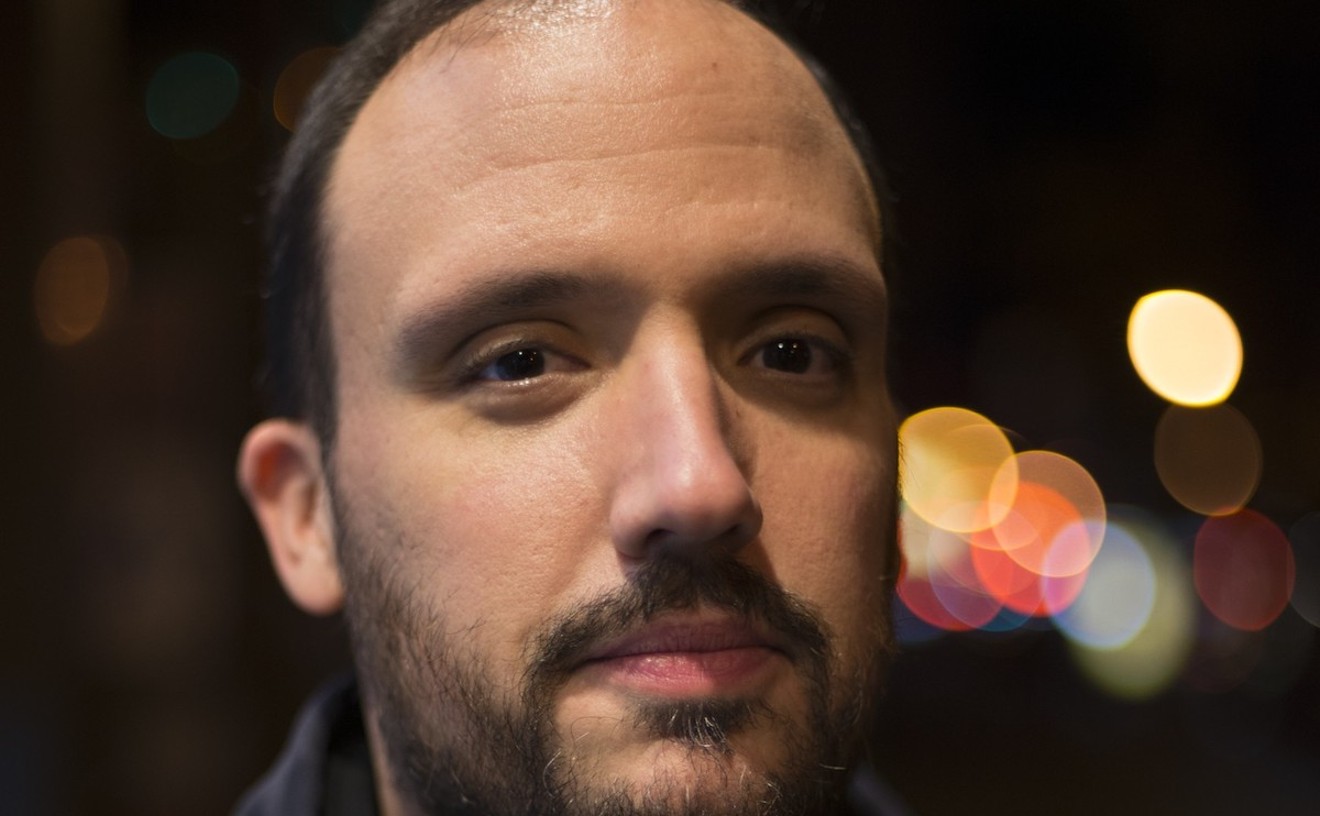
You can take the boy out of Miami, but you can't take Miami out of the boy. In no case does this ring as true as it does with Cuban-American author Alex Segura, a New York resident whose Miami roots find their way into all of his work, from comic books to novels. "I joke with people that there's always an element of Miami in everything I write," Segura tells New Times. Whether it's his crime noir series of Pete Fernandez mysteries or his recent, critically acclaimed novel Secret Identity, Segura's engaging figures always have a Magic City connection. His lead characters may even reflect the author himself. A former reporter who left South Florida, but who was left with an indelible mark by a hometown that many don't understand but everyone wants to know more about. "It's such a unique place — there's a duality to it as a tropical paradise with a lot of noir bubbling up under the surface, a lot of subtleties that people don't know about," Segura says. "It's also important to identify with these stories. I love mysteries, but I wanted to see more people like me as the star. I wanted to read about Hispanic protagonists, so I actualized the books I wanted to read."
Best Herald Reporter
Jacqueline Charles
Jacqueline Charles has been covering the Caribbean for the Miami Herald since 2006, and she's never stopped performing at the top of her game. This past year was no exception — Charles, a Pulitzer Prize finalist for her coverage of the 2010 Haiti earthquake, returned to the island nation after another horrific quake hit in August 2021, telling the stories of displaced Haitians once again faced with mass destruction of their homeland. She also continued to tirelessly report on years two and three of the coronavirus pandemic, picking up a National Headliner Award with her colleagues for a story on vaccine inequity in the Americas. As other U.S. newspapers scale back their international operations, Charles plays a vital, almost singular, role in covering political instability, natural disasters, healthcare inequities and systemic breakdowns of governments in the region. "When most people think about the Caribbean, they're thinking about travel and tourism and beaches," she told the Longform podcast. "...For citizens, the diaspora of these countries, what's happening at home is very important to them, so that's something I'm looking at."
Best Herald Photographer
Daniel A. Varela
The old adage goes, "a picture is worth a thousand words," and no one understands that more deeply than a photojournalist. Whether it's a protest, a sporting event, a parade, or anything in between, Miami Herald photographer Daniel A. Varela is on the job. His photos are as compelling as they are beautiful to look at. Not only does he capture the moment, but he captures the right moment — like the smile of a bystander at a Pride parade who doesn't know anyone's watching, or the concentration of tennis superstar Naomi Osaka at the Miami Open. Varela started his career with the Herald as an intern, moved on to a role as a freelance photographer and eventually, in 2019, a full-time staff photographer. No one said it was easy — though Varela often makes it look that way.
Best TV News Anchor
Calvin Hughes
Calvin Hughes was a TV anchor in Philadelphia when he got the call that WPLG was looking to replace legendary local broadcaster Dwight Lauderdale. He accepted the job, envisioning his time in Miami as a two- or three-year stint. Instead, he's been telling the stories of South Floridians for more than 16 trips around the sun. During that tenure, the five-time Emmy Award winner has become a fixture in the community, reporting on the biggest news events to affect the Miami area and beyond. Last year, Hughes scored an exclusive interview with Martine Moïse, the widow of Haitian president Jovenel Moïse, who was assassinated when a group of gunmen raided the couple's home in July 2021. Martine, who was shot multiple times during the attack, told Hughes that, in her state of grief and shock, she went a week without sleeping or eating while in the hospital recovering. Those are the kinds of intimate revelations Hughes, an empathetic listener and skilled interviewer, is deftly able to capture for the viewers back home, week after week after week.


